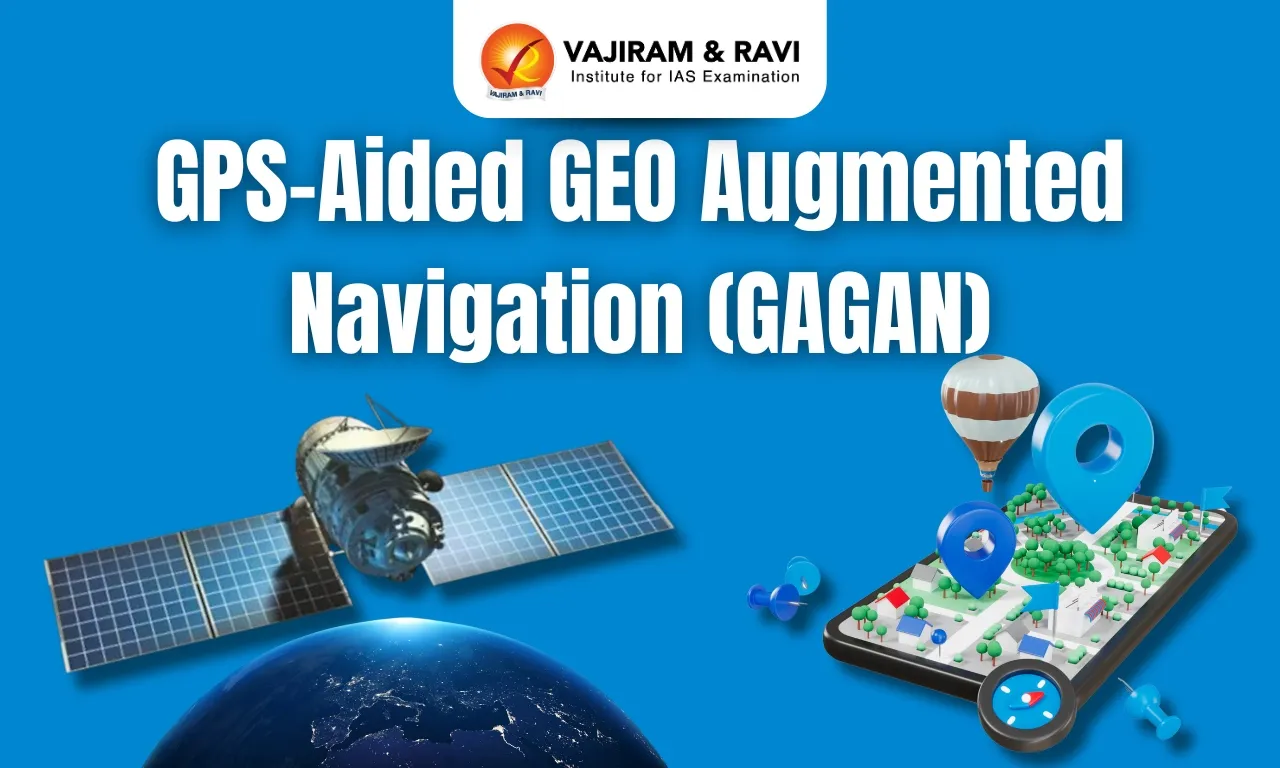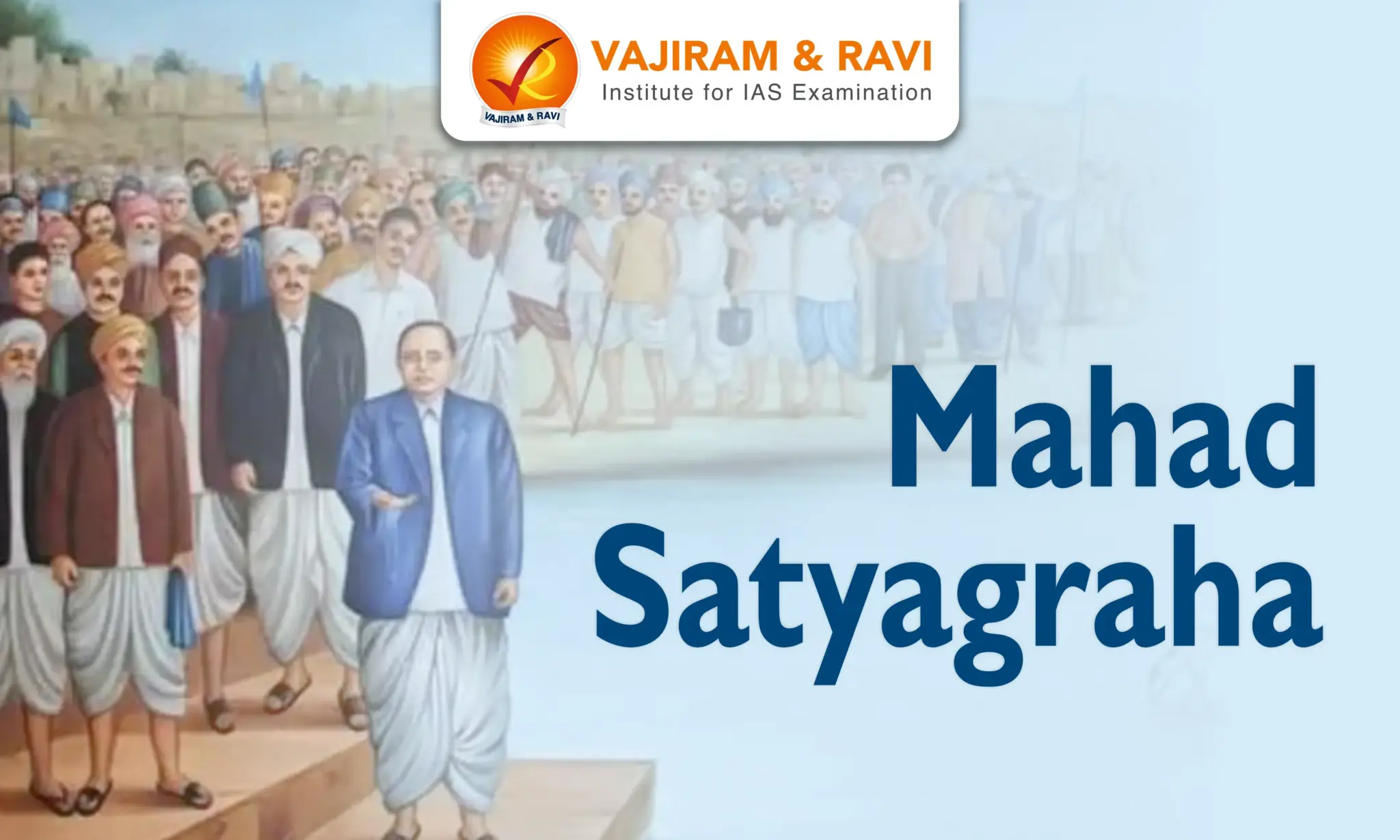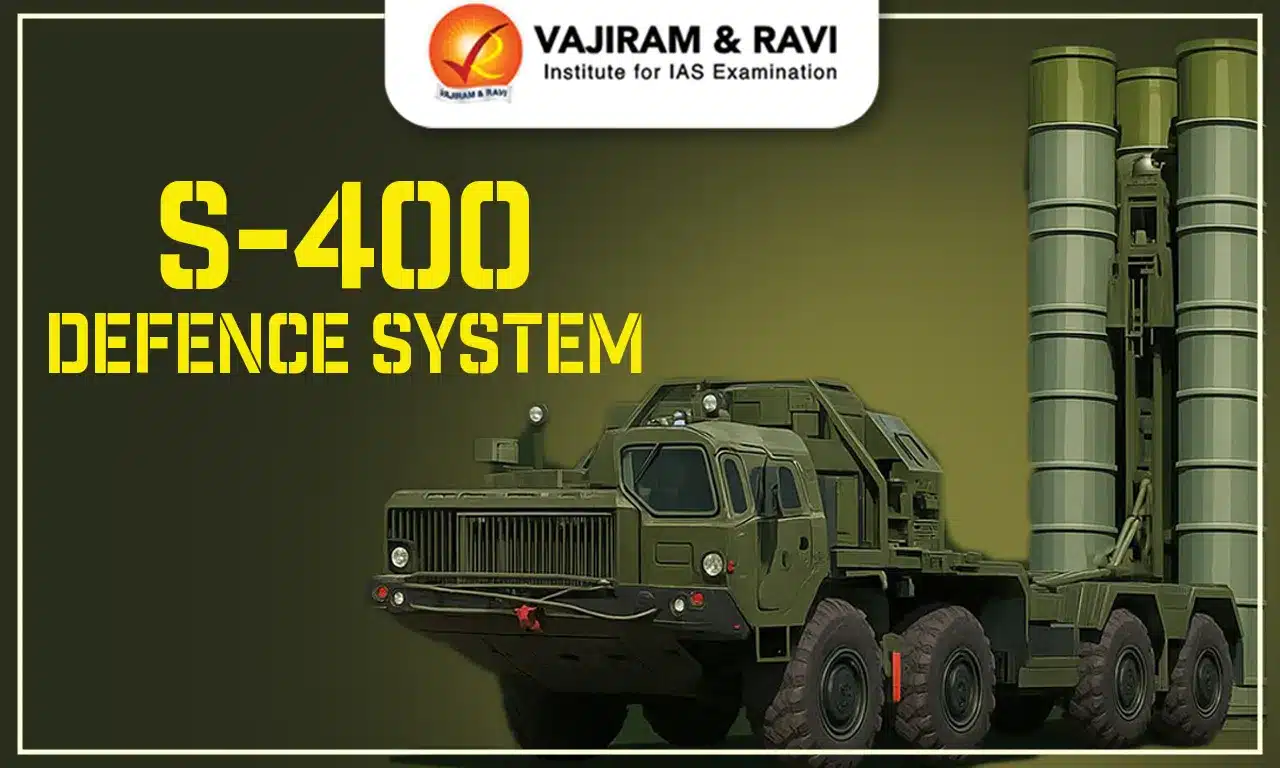GPS-Aided Geo Augmented Navigation (GAGAN) is a Satellite-Based Augmentation System (SBAS) implemented jointly by ISRO and the Airport Authority of India (AAI). Its main objective is to provide satellite-based navigation services with higher accuracy and integrity for civil aviation applications as well as to provide better air traffic management over Indian Airspace. The system is interoperable with the available international SBAS systems and provides seamless navigation across the regional boundaries around India.
India is the first country in the Asia-Pacific region to have trial indigenous SBAS and only one of the four countries has global space-based augmentation systems, the other being - WAAS (US), EGNOS (Europe) and MSAS (Japan).
Working of GAGAN
GAGAN operates through a combination of ground-based and space-based segments to enhance the accuracy and reliability of the GPS signals.
- Ground/Control Segment:
- Reference Stations (INRES): A network of 15 precisely surveyed ground reference stations (INdian Reference Stations) is strategically placed across India. These stations collect GPS satellite data.
- Through this, errors caused by ionospheric disturbances, satellite orbit errors and inaccurate clocks are corrected.
- Reference Stations (INRES): A network of 15 precisely surveyed ground reference stations (INdian Reference Stations) is strategically placed across India. These stations collect GPS satellite data.
- Master Control Centre (INMCC): The collected data is sent to the Indian Master Control Centre, where correction messages are generated to rectify any signal errors.
- Land Uplink Station (INLUS): The correction messages are then uplinked through the Indian Land Uplink Station.
- Through this, the corrected messages are sent to the geostationary satellites which then broadcast them to the aircraft.
- Space Segment: This segment includes the communication satellites which were flown as GSAT-8 in 2011, GSAT-10 in 2012 and GSAT-15 in 2015.
- These geostationary communication satellites carry the GAGAN payloads.
- The correction messages are broadcast through these satellites to GPS receivers on aircraft.
Coverage of GAGAN
- GAGAN provides coverage over a vast geographical area, extending from Africa to Australia.
- The system has expansion capabilities to offer seamless navigation services across the region.
- The coverage area includes 45 reference stations for potential expansion to neighbouring countries.
Recent Advancements
- In 2022, AAI developed 65 localizer performance with vertical guidance (LPV) procedures.
- LPV is the highest precision GPS (WAAS-enabled) airborne instrument approach procedure currently available without special crew training requirements.
- The validation of the GAGAN-based LPV approach Procedure is completed.
- The passenger aircraft have started utilising GAGAN-based procedures for approach and landing.
- In 2023, India got Asia’s first Performance-Based Navigation (PBN) demonstration for helicopters for a flight from Juhu to Pune using GAGAN satellite technology.
- The PBN specifies aircraft performance requirements in terms of accuracy, availability, continuity, functionality and integrity, needed for the proposed operations in the context of a particular Airspace concept.
- This concept marks a shift from sensor-based to performance-based navigation.
Applications of GAGAN
Although the GAGAN has been developed for civil aviation, it will also provide numerous benefits to other sectors and even the security agencies.
- Civil Aviation: GAGAN provides accurate and reliable navigation services for civil aviation applications over Indian airspace.
- It is certified for approach with vertical guidance, contributing to safer and more precise landings at airports.
- It also contributes to better Air Traffic Management over Indian airspace, improving the efficiency and safety of air traffic operations.
- It benefits not only commercial aviation but also general aviation, private flying, and other aerial activities.
- Road Asset Management System (RAMS): GAGAN can be employed in Road Asset Management Systems, contributing to better monitoring and management of road networks.
- It can be used for managing traffic in real-time, helping to avoid congestion and traffic jams on roads.
- Natural Resources, Forest, and Land Management: GAGAN supports applications like SXTREO-T51 for natural resource management, forest monitoring, and land management.
- It also aids in forest management by providing accurate location data, helping in monitoring and conservation efforts.
- Railways Signalling: GAGAN can be utilised for improved signalling systems in Indian Railways, enhancing the safety and efficiency of train operations.
- Tourism: It can enhance tourism experiences by providing accurate location information for navigation, guidance, and location-based services.
- Scientific Research for Atmospheric Studies: GAGAN can be utilised in scientific research, particularly for atmospheric studies, utilising precise positioning data.
GAGAN vs NavIC
The major differences between GAGAN and NavICsystems are as follows:
| GAGAN | NavIC |
| An augmentation to the GPS | An independent stand-alone navigation system |
| Provides integrity information | Does not provide integrity information |
| Provides safety-of-life operation support | Does not support safety-of-life operations |
GAGAN UPSC PYQs
Q1. GPS-Aided Geo Augmented Navigation (GAGAN) uses a system of ground stations to provide necessary augmentation. Which of the following statements is/are correct in respect of GAGAN? (UPSC Prelims 2025)
- It is designed to provide additional accuracy and integrity.
- It will allow more uniform and high quality air traffic management.
- It will provide benefits only in aviation but not in other modes of transportation.
Select the correct answer using the code given below.
(a) I, II and III
(b) II and III only
(c) I only
(d) I and II only
Ans: (d)
Last updated on November, 2025
→ Check out the latest UPSC Syllabus 2026 here.
→ Join Vajiram & Ravi’s Interview Guidance Programme for expert help to crack your final UPSC stage.
→ UPSC Mains Result 2025 is now out.
→ UPSC Notification 2026 is scheduled to be released on January 14, 2026.
→ UPSC Calendar 2026 is released on 15th May, 2025.
→ The UPSC Vacancy 2025 were released 1129, out of which 979 were for UPSC CSE and remaining 150 are for UPSC IFoS.
→ UPSC Prelims 2026 will be conducted on 24th May, 2026 & UPSC Mains 2026 will be conducted on 21st August 2026.
→ The UPSC Selection Process is of 3 stages-Prelims, Mains and Interview.
→ UPSC Result 2024 is released with latest UPSC Marksheet 2024. Check Now!
→ UPSC Prelims Result 2025 is out now for the CSE held on 25 May 2025.
→ UPSC Toppers List 2024 is released now. Shakti Dubey is UPSC AIR 1 2024 Topper.
→ UPSC Prelims Question Paper 2025 and Unofficial Prelims Answer Key 2025 are available now.
→ UPSC Mains Question Paper 2025 is out for Essay, GS 1, 2, 3 & GS 4.
→ UPSC Mains Indian Language Question Paper 2025 is now out.
→ UPSC Mains Optional Question Paper 2025 is now out.
→ Also check Best IAS Coaching in Delhi


















